Augmented Reality
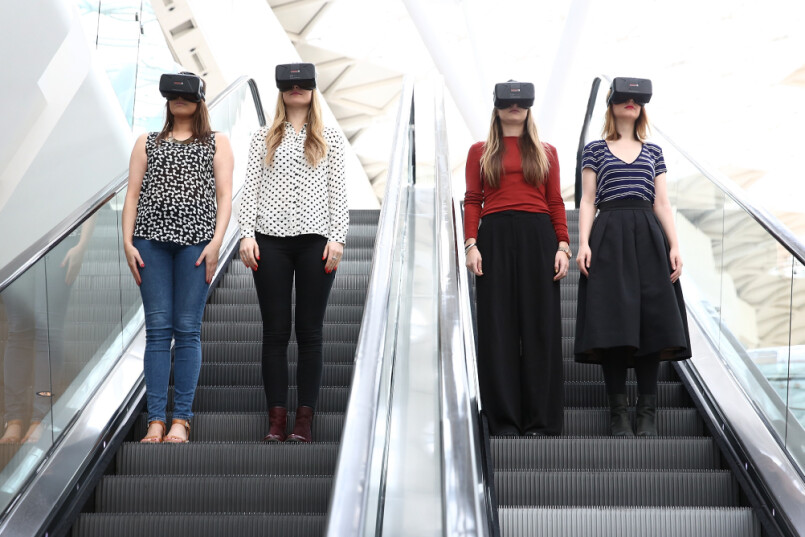
Augmented Reality (commonly abbreviated as AR) refers to a live view of a real-world environment, overlaid with computer-generated, sensory information such as graphics, text, sound or GPS information. Its function is to offer the user an interactive, augmented representation of reality.
Among the technologies that enable layers of multi-media to be added to the physical world are smartphones and tablets, making the experience accessible and useful in everyday life.
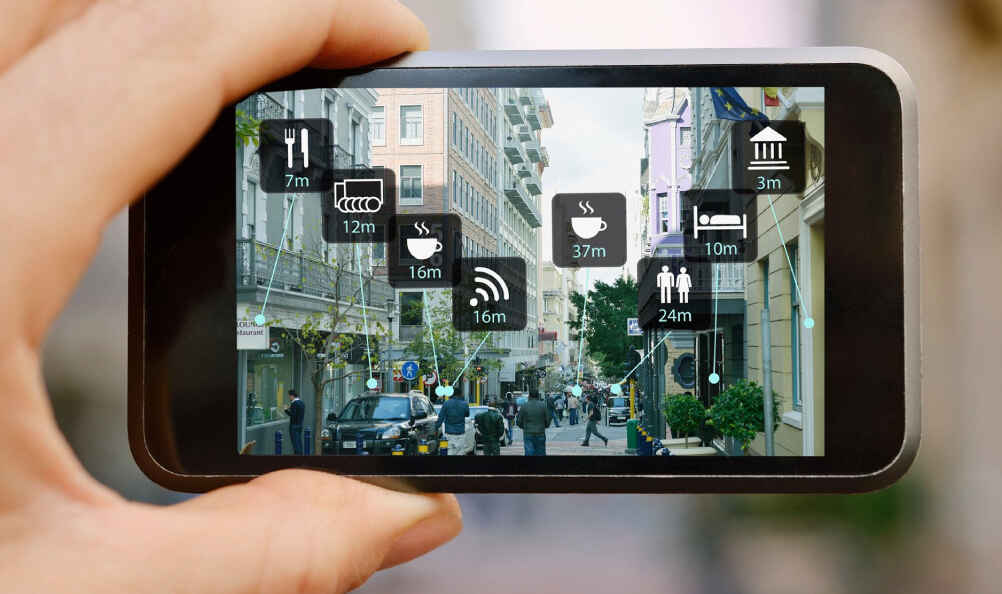
Advances in technology have made AR commonplace in many industries: fashion, retail, design, publishing and education, to name a few. Ahead of Silicon Valley’s Augmented World Expo on 1st and 2nd June 2016, we take a look at why AR has also become widely recognised and valued in the events industry.
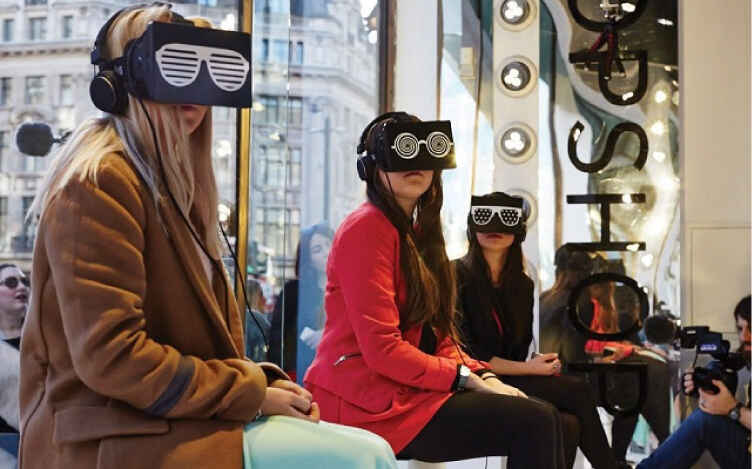
With a heavy emphasis placed on the experiential element of events, audiences are fast evolving from recipients to participants. Through AR, delegates are drawn into the experience from the moment they enter an event space. By simply putting on a headset or downloading an app, the layers of an event can quickly multiply.
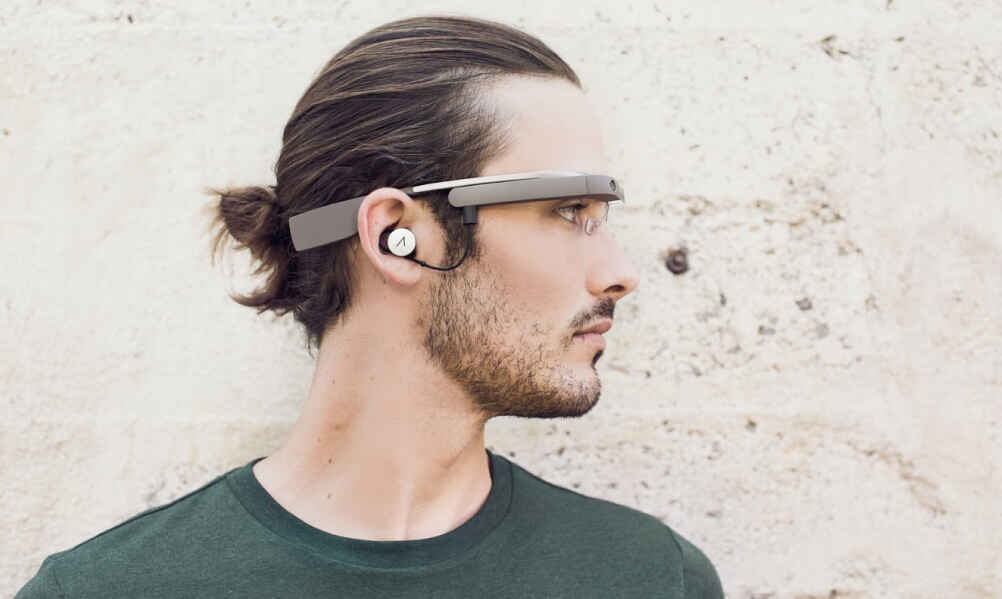
Google Glass may have first brought AR into the public sphere in a significant way, but Augmented Reality – or the potential for it – has technically existed since the creation of the smartphone.
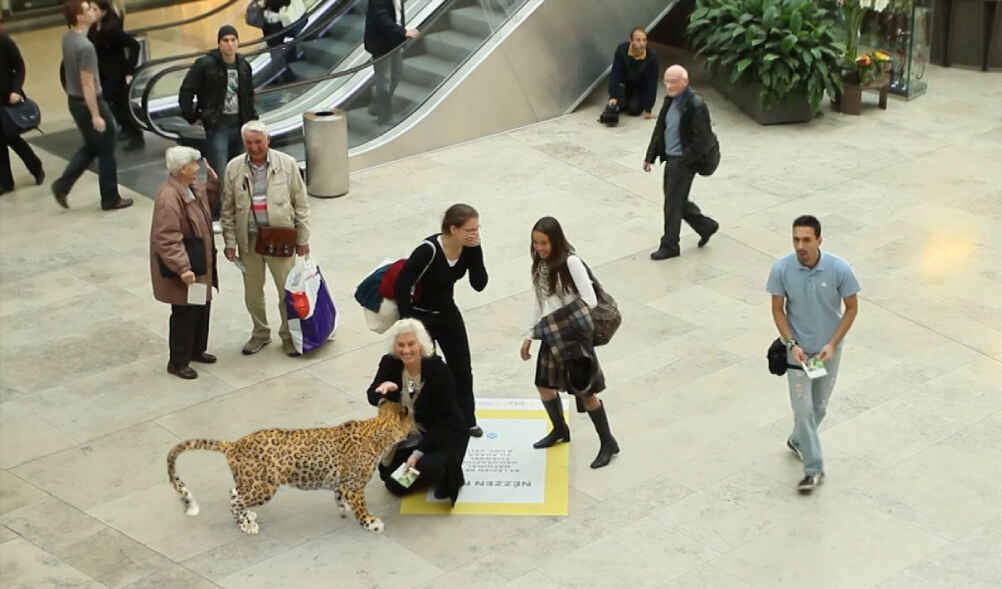
Since then, the rapid growth of AR has been extraordinary, and there have been many memorable and interesting uses. One partnership, between The National Geographic Channel and Appshaker, lead to a touring installation which invited members of the public to “interact” with holograms of wild and endangered animals in the middle of busy shopping malls, successfully highlighting how this technology can engage and intrigue.
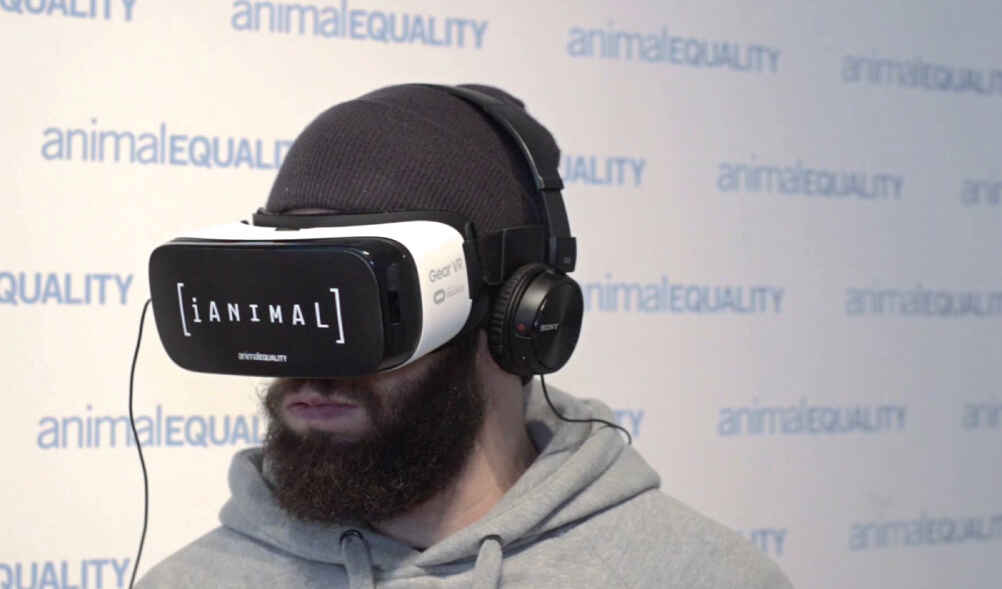
Further case studies have shown that when utilised cleverly, AR has a powerful impact on charity events, playing upon human empathy by immersing participants into a virtual world of struggle and hardship. This approach often results in increased donations and heightened awareness of important issues, making it a useful tool for non-profit organisations who adopt it for fundraising campaigns.
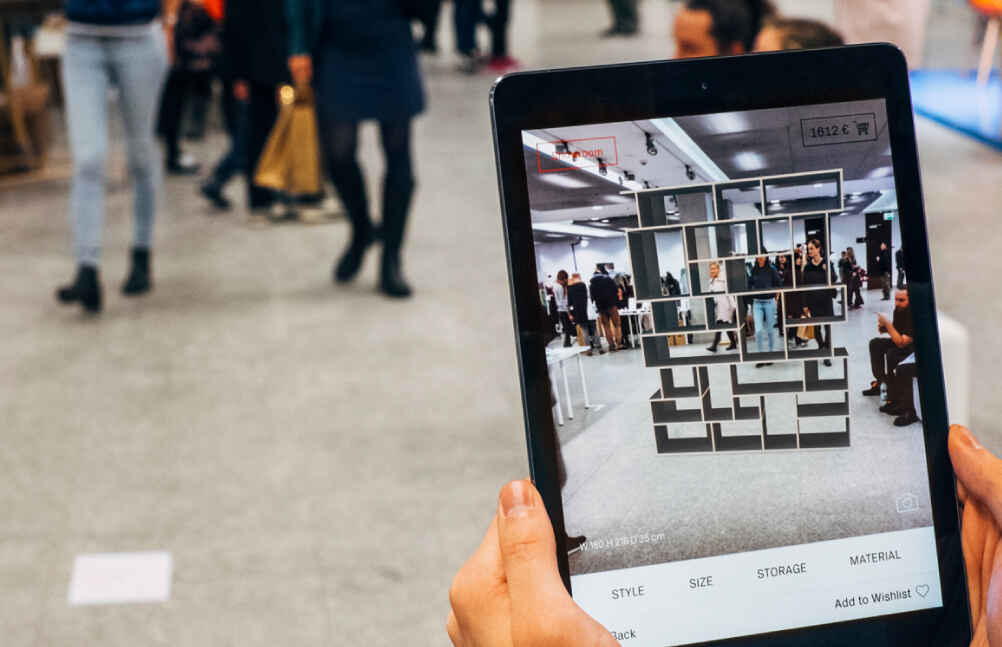
Exhibitions, too, can be enhanced by AR, particularly in the consumer retail sector where large products are showcased in cramped areas. Global car manufacturers Volkswagen and Ford have both demonstrated how AR helps them overcome limited space at shows, replacing physical displays of cars with virtual ones. Animated graphics, holograms and videos also help enliven exhibition stands in ways that 2D design can’t, attracting more delegates and encouraging a shift from observation to participation.

Thanks to the launch of sophisticated products like the Microsoft HoloLens or Oculus Rift, the scope of event technology has vastly widened. It is now possible for users to create and control holograms through multiple sensors and chips, and even produce a physical memento of a virtual reality experience. A useful means of remembering a product, brand or a message, this intelligent technology will continue to be key at commercial events, and we expect that its role will only grow across all areas of event production.


